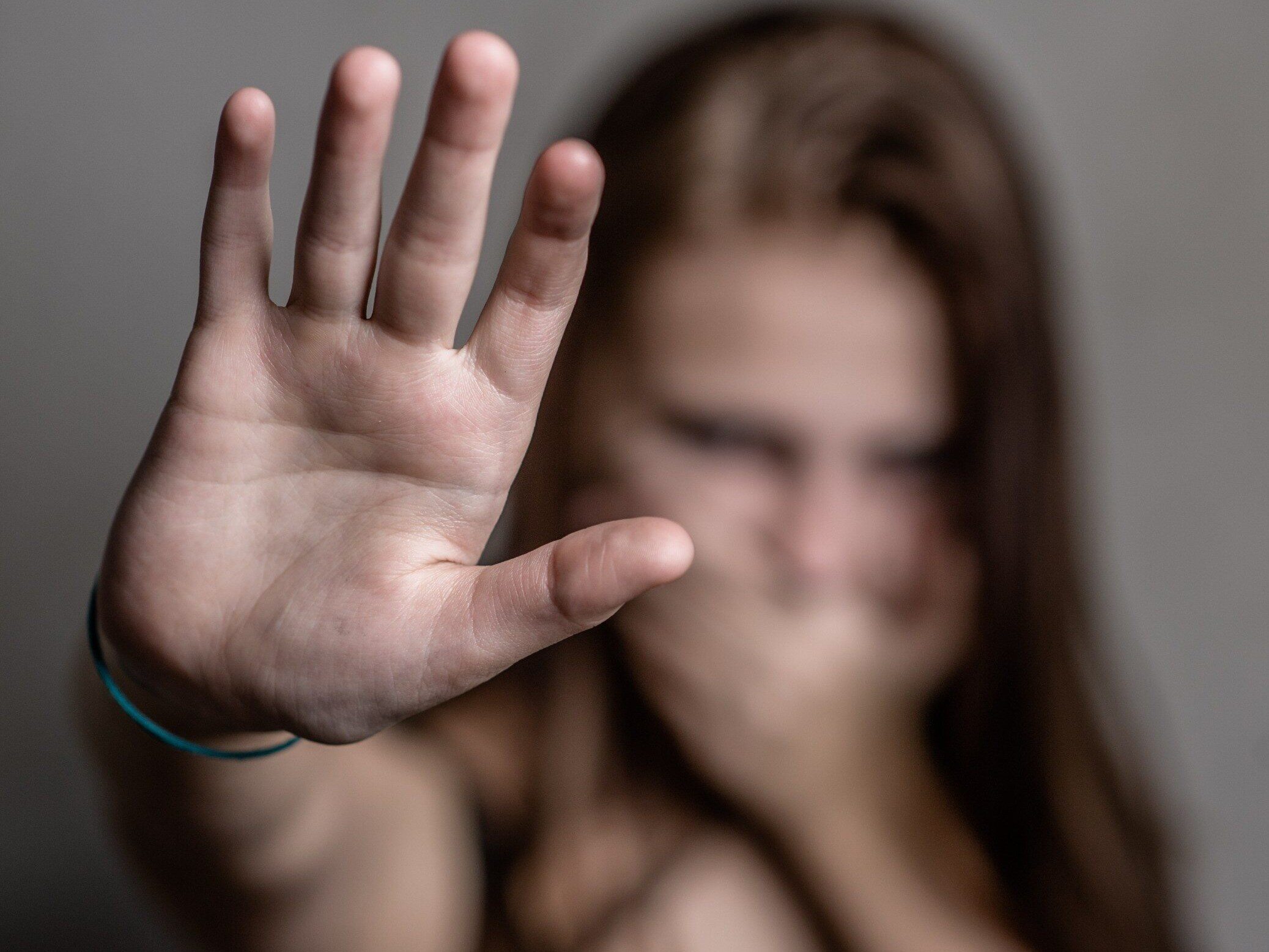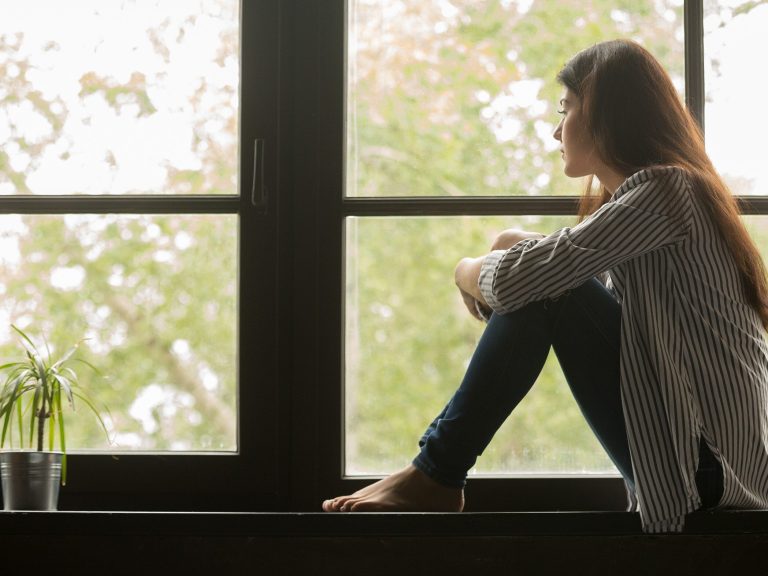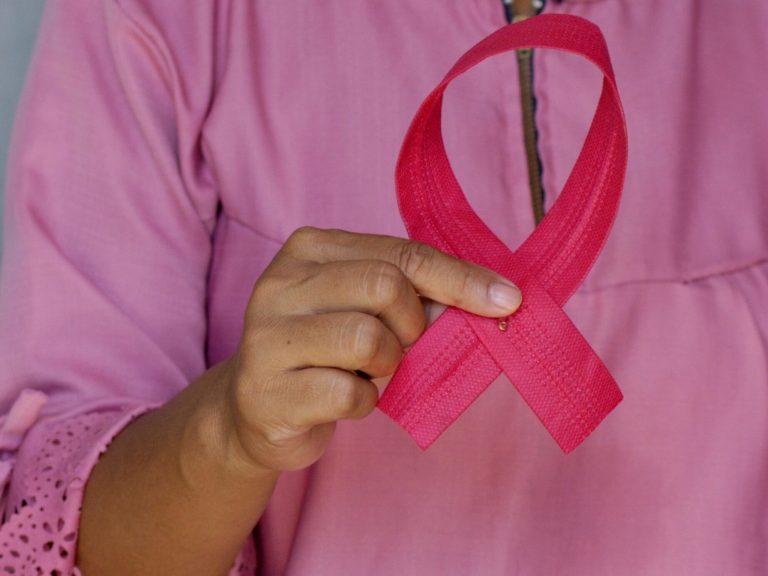Child psychiatrist: “Once overstimulated, sometimes depressed: it could be bipolar disorder”

The teenager says that he is leaving school, that he will sign up for volunteer work, and that he will start participating in a missionary association. It changes the peer group, it changes the appearance. He is overly excited, then becomes apathetic, moods can change even within one day – says Dr. Aleksandra Lewandowska, a child and adolescent psychiatrist, arguing that bipolar disorder should be treated already in children.
Katarzyna Pinkosz, Wprost: It has already become common knowledge that even a small child can suffer from depression, and we know that more and more children and adolescents suffer from it. However, many people cannot imagine that a child or teenager can suffer from bipolar disorder.
Dr. Aleksandra Lewandowska: This is a very important topic and I am glad that more and more is being said about bipolar disorder in children and adolescents. We pay more attention to depression and autism spectrum disorders, while bipolar disorder remains little known. Maybe that’s because people started talking about it only in the 1990s. And this is not a rare problem: epidemiological studies indicate that bipolar disorder occurs in approximately 1.8%. children and teenagers, while schizophrenia affects approximately 1%. older youth. However, it is estimated that in the group of adolescents over 14 years of age, bipolar disorder occurs in 2.6-5.6%. Moreover, it turns out that in 30-60 percent adults diagnosed with bipolar disorder had the onset of symptoms before the age of 20.
What symptoms may suggest bipolar disorder in a teenager?
There are certain symptoms that herald bipolar disorder: aggressive behavior, irritability, difficulties in functioning at school, and cognitive difficulties are more frequently observed. Generally, children and adolescents are much more likely to experience BD with mixed episodes, i.e. depressive, hypomanic or manic episodes, than adults. Much more often than in adults, children and adolescents suffer from the so-called rapid change of phases: even within one day, a child or teenager may experience consecutive depressive or manic (or hypomanic) episodes. Therefore, initially a teenager may often receive a different diagnosis: e.g. depression, anxiety disorders, attention deficit hyperactivity disorder.
Is it difficult to make a diagnosis?
Yes, and the method of treatment depends on the diagnosis, which is why proper diagnosis is so important. A conversation between a child psychiatrist and the child’s guardians and a thorough interview are very important. Parents say, for example: “My child is constantly very active, he is sometimes agitated, it is difficult to calm him down, he has too many ideas, constantly new interests that he quickly abandons, strange ideas.” For example, a fourteen-year-old girl says that she is leaving school and wants to join a volunteer group or become involved in a missionary association. It changes the peer group, it changes the appearance. Characteristic symptoms include irritability, tendency to impulsive behavior, aggressiveness, and high emotional lability. Inappropriate sexual behavior may occur. I remember a 9-year-old who had the need to touch women from our medical staff, touching their breasts and intimate places. There is a need to hug, but with sexual overtones, spying on girls in the toilet, excessive masturbation, sexual arousal. Teenagers may develop a need to use psychoactive substances. There are difficulties falling asleep, waking up early, needing little sleep, combined with excessive activity.
Many patients with bipolar disorder also have other co-occurring disorders, e.g. anxiety disorders, attention deficit hyperactivity disorder. Making a diagnosis is difficult, and in developmental psychiatry, variability in diagnosis occurs more often than in adults.
What causes the disease?
There are many factors that determine bipolar disorder – genetic factors predispose to the development of the disease, but environmental factors are also important. There are neuroanatomical and neurobiological changes that are visible in imaging tests – in the structure and functioning of the central nervous system. You can see smaller volume and lower activation of the frontal cortex, changes in the amygdala and hippocampus; in areas that are involved in the processing and regulation of emotions, impulse control, logical thinking, and the ability to predict the consequences of decisions made. There are also dysfunctions in the area of neurotransmitters.
What should the treatment of bipolar disorder look like? Is it possible – and perhaps even necessary – to implement pharmacotherapy in children and adolescents?
Each disorder in developmental psychiatry requires comprehensive treatment. Psychosocial interactions are necessary, including psychoeducation and cooperation with the patient and his family. Depending on the needs, psychotherapeutic interventions can also be implemented, e.g. individual psychotherapy or family therapy. However, it is necessary to “organize” the biology of the central nervous system through pharmacotherapy.
In Poland, there are currently no recommendations regarding the diagnosis and treatment of bipolar disorder in children and adolescents. Work on their creation is ongoing, together with the Polish Psychiatric Association, with the participation of national consultants and other experts in child and adolescent psychiatry and adult psychiatry. Creating a recommendation is very important because we have a problem with the registration of drugs used in children and adolescents. There are very few clinical trials in this age group, and in the world there is a large group of preparations approved for use in children and adolescent patients, which is why it is so important to develop Polish recommendations – this is especially important for specialists working with children and adolescents. They are mainly responsible for the treatment of their patients.
Are medicines available in Poland?
Most drugs used in adults in Poland are not registered for use in children and adolescents. The entire responsibility for the selection of the drug rests with the doctor. According to the Act on the profession of doctor and dentist, we are to treat the patient with due care, based on the most modern available methods. If a given drug is not registered in Poland for children and adolescents, we can use it “off label”, i.e. outside the registration indications. However, the doctor then takes responsibility. He must also explain to the family and the patient why the use of a given medicine is necessary. He or she must also obtain consent from the child’s legal representative (and, if the patient is over 16 years old, also from him or her) to use a given medicine.
Parents always ask about the safety of therapy: is it possible to choose medications that do not cause side effects? For example, further diseases that will need to be treated.
Many countries use preparations that cause much fewer side effects than others. BD is a chronic disease, treatment lasts many years, and sometimes it is not possible to discontinue the drug therapy at all. That is why it is so important to choose a preparation that has as few side effects as possible. In the case of some drugs, a side effect may be, for example, weight gain – it is very poorly tolerated, especially by teenagers. When certain preparations are used, lipid metabolism is disturbed and the risk of metabolic syndrome, hypertension and type 2 diabetes increases. However, there are also safer preparations that do not cause such side effects. Some preparations are approved in the world even from the age of 10, such as lurasidone, approved by the FDA. Studies have shown its effectiveness both in the treatment of bipolar disorder with episodes of depression, as well as in the mixed form.
You take care of such patients. Can you help your child with pharmacotherapy combined with psychotherapy?
Of course, but I will once again emphasize the need for a holistic approach, attentiveness of the doctor and the team treating the patient, and cooperation with the family and school. The method of treatment is also important: if we start a drug that causes significant weight gain, even though the symptoms of bipolar disorder are reduced, there is a high risk that the patient will discontinue the drug. The probability of disease recurrence then increases, and each recurrence results in a worse response to treatment.
If the patient is well cared for and well treated, the improvement is visible. I have been working as a child and adolescent psychiatrist for 19 years, I know patients who were diagnosed with bipolar disorder when they were children or teenagers. They finish school, pursue their careers, and enter into relationships. However, the basis is proper care. It is a chronic disease, like hypertension, asthma, diabetes. If properly managed, patients function stably.
Dr. Aleksandra Lewandowska is a national consultant in the field of child and adolescent psychiatry






